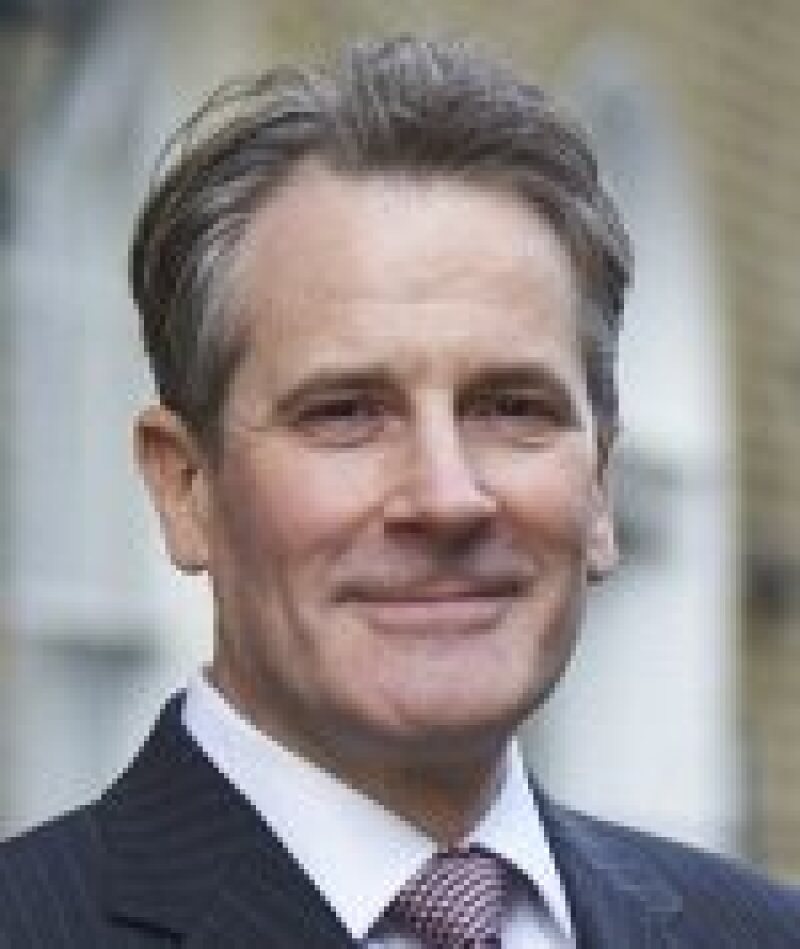
An Opinion delivered to the EU Court of Justice last week has put the Court itself in the dock. In International Stem Cell Corporation v Comptroller of Patents, Advocate General Cruz Villalón advised the CJEU that human parthenotes should not be classed as “human embryos” and should be patentable in the EU, subject to the permitted moral whim of individual member states. But the implied criticism in the Opinion of the CJEU’s approach to scientific fact is of more general concern than the subject matter suggests.
International Stem Cell Corporation (ISCC) applied for UK patents for methods of coaxing human eggs to divide, as if they have been fertilised, into little balls of pluripotent stem cells. It also sought protection for methods of producing synthetic cornea or corneal tissue from such cells, and for the products of these methods.
The UK Comptroller General of Patents refused to grant patents on the basis of Brüstle v Greenpeace, which prohibited EU member states from granting patents to inventions originating, however indirectly, from base material “capable of commencing the process of development of a human being”. The CJEU had dubbed such material, exemplified by a fertilised human egg, a “human embryo”, thereby supplying the Biotechnology Directive (Directive 98/44) with a missing definition. This was needed, because Article 6 of the Directive prohibits the patenting of “human embryos” for industrial or commercial purposes. The CJEU held that “… any non-fertilised human ovum whose division and further development have been stimulated by parthenogenesis constitute[s] a ‘human embryo’”, on the basis that it was “capable of commencing the process of development of a human being”. This was scientifically incorrect.
The question referred to the CJEU by the English High Court included a scientific rap over the knuckles:
“Are unfertilised human ova whose division and further development have been stimulated by parthenogenesis, and which, in contrast to fertilised ova, contain only pluripotent cells and are incapable of developing into human beings included in the term “human embryos” in Article 6(2)(c) of Directive 98/44/EC1 on the Legal Protection of Biotechnological Inventions?”
Advocate General Cruz Villalón’s response is clear. Contrary to the ruling in Brüstle, human “parthenotes” should not be classed as “human embryos” and should therefore be patentable in the EU, subject to the permitted moral whim of individual member states. It seems inevitable that the CJEU will agree. However, because Brüstle is based on a more fundamental scientific blooper, International Stem Cell Corporation has the potential to inspire future challenges.
Where did it all go so wrong?
The Advocate General in the Brüstle case, Yves Bot, had concluded that a parthenote was “capable of commencing the process of development of a human being” on the basis of technical information provided to him. The CJEU’s dependence on this written information is also apparent from its statement that, although cell nuclear replacement (CNR) organisms (think Dolly the sheep) and parthenotes “have not, strictly speaking, been the object of fertilisation, due to the effect of the technique used to obtain them they are, as apparent from the written observations presented to the Court, capable of commencing the process of development of a human being, just as an embryo created by fertilisation of an ovum can do so.” On the basis of the same written observations, the Court held that parthenotes are a source of “totipotent” cells: cells that are capable of developing, in principle, into a baby. This is rubbish.

Over and over again, the International Stem Cell Opinion points to a failure of scientific understanding by the CJEU. Observations by the French, Swedish and UK governments, the European Commission and the Advocate General himself, as well as ISCC, all complain strongly about the poor quality of scientific information in Brüstle. The Commission diplomatically suggested that the written submissions had “proved erroneous in the light of scientific developments”, as if such developments had taken place after the Brüstle case (although Surani’s famous imprinting experiments dated from the mid-eighties). Advocate General Cruz Villalón was more pointed: “Had the Court been aware of the fundamental difference between parthenotes and non-fertilised ova subjected to somatic-cell nuclear transfer and nevertheless wanted to establish a functional equivalence between the two, it would certainly have discussed this difference”.
But it was hardly the only scientific gaffe in Brüstle.
Bringing up the body
For all its surreal qualities, Bot’s Brüstle Opinion had actually got off to a promising start, by emphasising that the essential criterion of a “human embryo” is a body. The point of bodily formation is understood in microbiological detail (it is not at conception), but no scientific evidence was adduced at all. It was, rather, at the end of a Faustian reverie that Yves Bot made his ex cathedra statement that “totipotent cells represent the first stage of the human body which they will become” and, without any foundation in science or law, defined “human embryo”, not according to the point of bodily formation, as demanded by Article 5 of Directive 98/44, but to whether it has “the capacity to develop into a complete human being”. The CJEU will therefore agree with Advocate General Cruz Villalón that the fundamental test of a “human embryo” is its “inherent capacity of developing into a human being”, but squirm in the knowledge that even this is founded on bunk.
Julian Hitchcock is Counsel with London-based life sciences specialists Lawford Davies Denoon.









